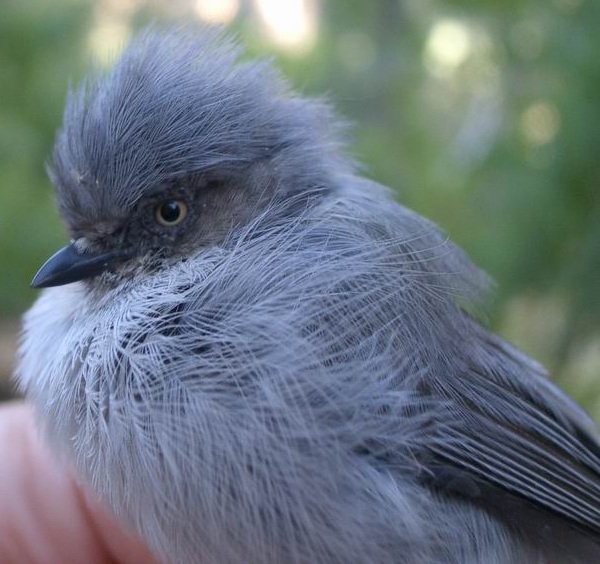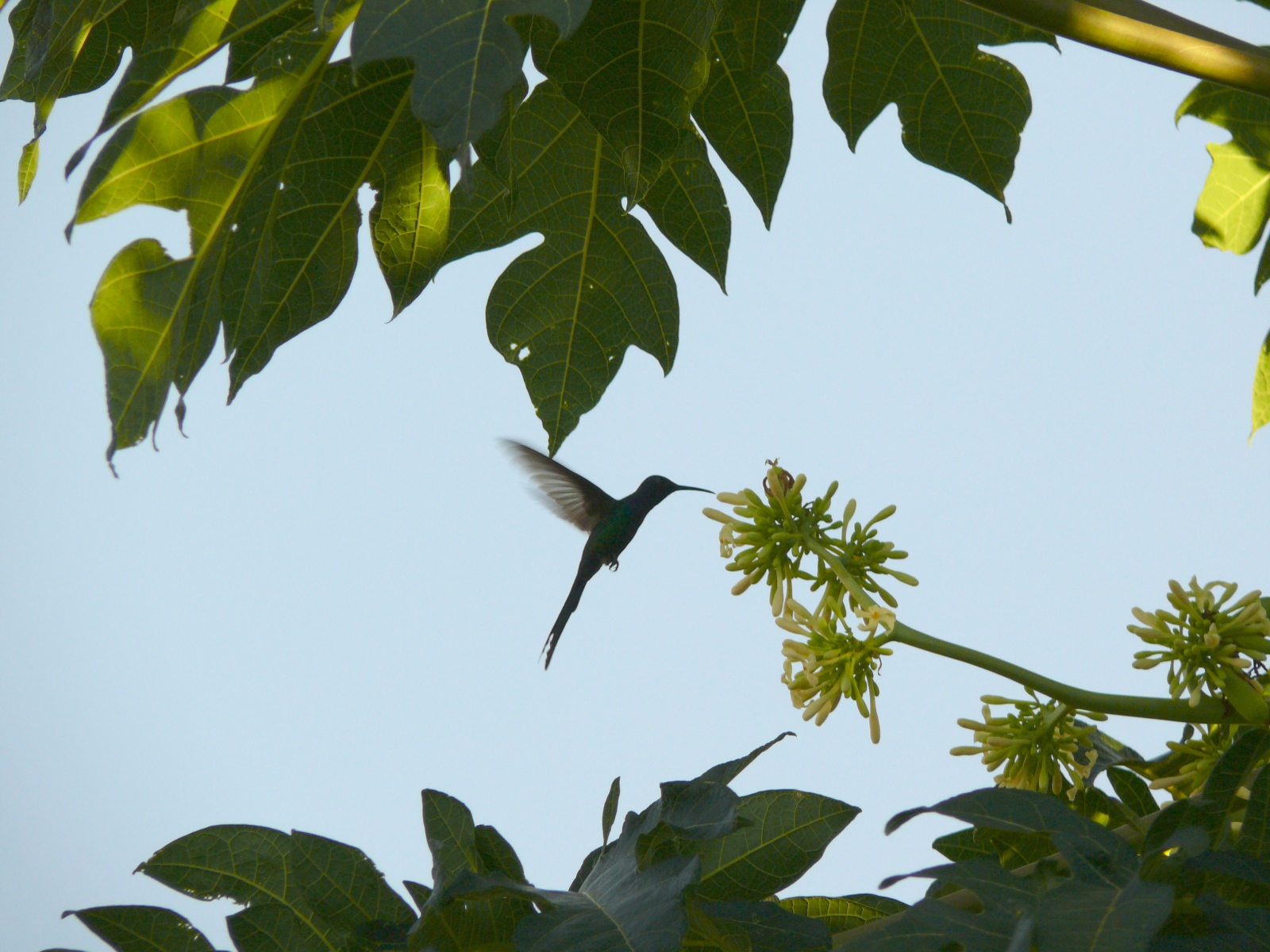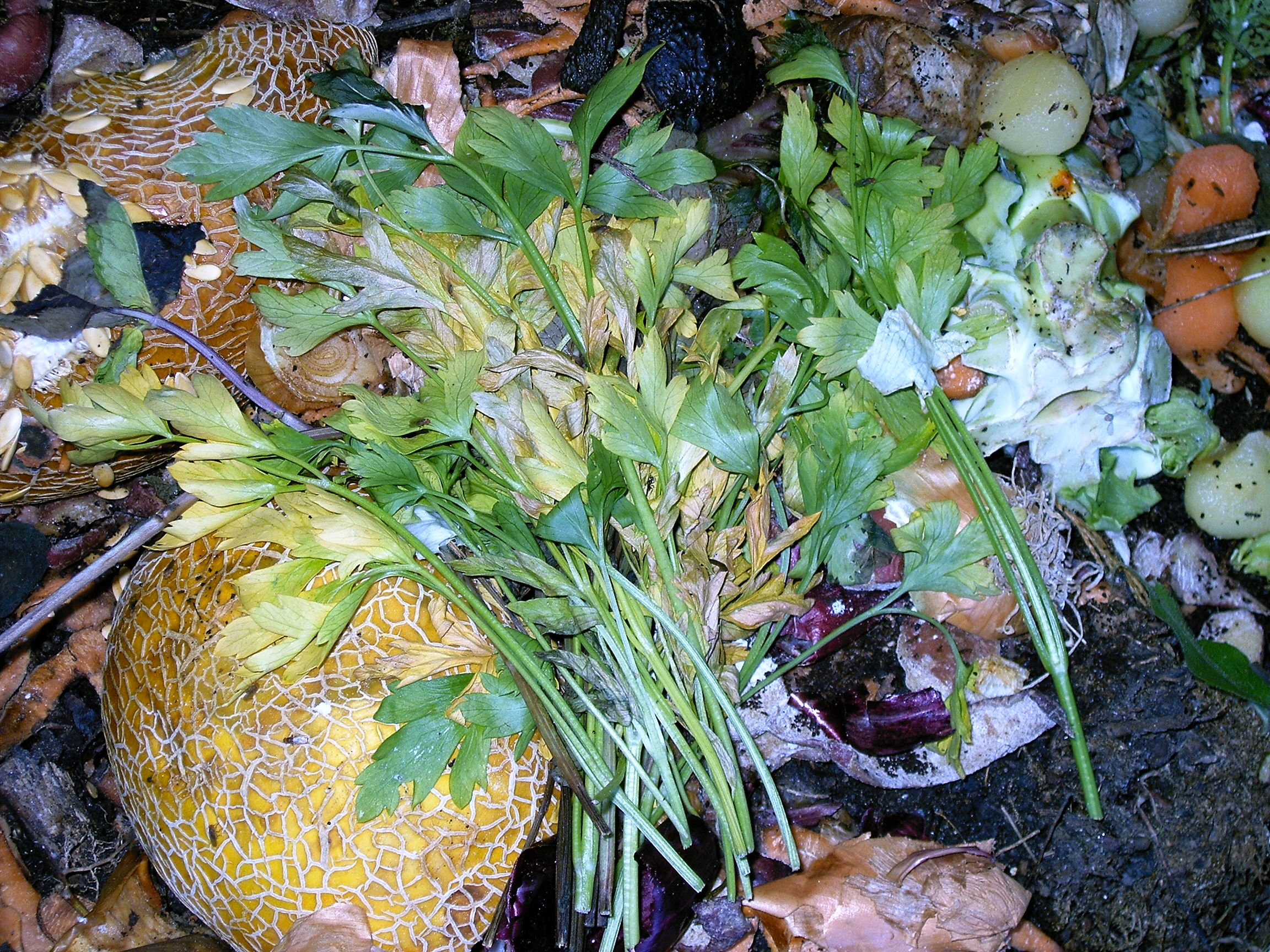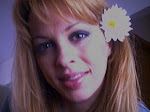
By standing every 5-10 minutes while gardening you will keep the blood circulating preventing your legs and feet from falling asleep and or cramping. I suggest doing a few stretches to get your blood moving befor you even start to garden!
Don't let you legs fall asleep!
Posted by Tara Vargas 0 comments
Annual Pointers

A Annual is a plant that germinates and flowers in 1 year. Some seeds life cycles are a month however most are many months. Most annuals grow tthrough out the warm seasons.Winter annuals germinate in the fall or winter and bloom in the fall, winter, and early spring. They are known to be weeds but they in reality just die out in the summer and re bloom in winter. Winter annuals also grow lower to the ground to protect there selves from the winter elements. I have listed some types of annuals so you can get an idea of what a annual is.
Ornamental annuater perennials grown as annuals are, impatiens, begonia, snapdragon, pelegonium, coleus, and the petunia.
True annuals are corn, lettuce, peas, cauliflower, watermelon, bean, and the zinnia.
Winter annuals are henbit, deadnettle, chickweed, and winter cress.
Posted by Tara Vargas 2 comments
Garden Tool Maintnance
Here are some of the uses besides cleaning gardening tools that I picked up in an article...
1) Protects silver from tarnishing.
2) Removes road tar and grime from cars.
3) Cleans and lubricates guitar strings.
4) Gives floors that 'just-waxed' sheen without making it slippery.
5) Keeps flies off cows.
6) Restores and cleans chalkboards.
7) Removes lipstick stains.
8) Loosens stubborn zippers.
9) Untangles jewelry chains.
10) Removes stains from stainless steel sinks.
11) Removes dirt and grime from the barbecue grill.
12) Keeps ceramic/terra cotta garden pots from oxidizing.
13) Removes tomato stains from clothing.
14) Keeps glass shower doors free of water spots.
15) Camouflages scratches in ceramic and marble floors.
16) Keeps scissors working smoothly.
17) Lubricates noisy door hinges on vehicles and doors in homes
18) It removes b lack scuff marks from the kitchen floor!
Use WD-40 for those nasty tar and scuff marks on flooring.
It doesn't seem to harm the finish and you won't have to scrub nearly as hard to get them off.
Just remember to open some windows if you have a lot of marks.
19) Bug guts will eat away the finish on your car if not removed quickly!
Use WD-40!
20) Gives a children's play gym slide a shine for a super fast slide.
21) Lubricates gear shift and mower deck lever for ease of handling on riding mowers.
22) Rids kids rocking chairs and swings of squeaky noises.
23) Lubricates tracks in sticking home windows and makes them easier to open.
24) Spraying an umbrella stem makes it easier to open and close.
25) Restores and cleans padded leather dashboards in vehicles, as well as vinyl bumpers. 26) Restores and cleans roof racks on vehicles.
27) Lubricates and stops squeaks in electric fans.
28) Lubricates wheel sprockets on tricycles, wagons, and bicycles for easy handling.
29) Lubricates fan belts on washers and dryers and keeps them running smoothly.
30) Keeps rust from forming on saws and saw blades, and other tools.
31) Removes splattered grease on stove.
32) Keeps bathroom mirror from fogging.
33) Lubricates prosthetic limbs.
34) Keeps pigeons off the balcony (they hate the smell) .
35) Removes all traces of duct tape.
36) Folks even spray it on their arms, hands, and knees to relieve arthritis pain.
37) Florida's favorite use is: "cleans and removes love bugs from grills and bumpers."
38) The favorite use in the state of New York WD-40 protects the Statue of Liberty from the elements.
39) WD-40 attracts fish. Spray a LITTLE on live bait or lures and you will be catching the big one in no time.
Also, it's a lot cheaper than the chemical attractants that are made for just that purpose.
Keep in mind though, using some chemical laced baits or lures for fishing are not allowed in some states.
40) Use it for fire ant bites. It takes the sting away immediately and stops the itch.
41) WD-40 is great for removing crayon from walls. Spray on the mark and wipe with a clean rag.
42) Also, if you've discovered that your teenage daughter has washed and dried a tube of lipstick with a load of laundry, saturate the lipstick spots with WD-40 and re-wash. Presto! Lipstick is gone!
43) If you sprayed WD-40 on the distributor cap, it would displace the moisture and allow the car to start.
P. S. The basic ingredient is FISH OIL
Posted by Tara Vargas 1 comments
Labels: cleaning, fishoil, garden tools, WD40
Vegetable or Flower Tie Down

Pantyhose work great when you need to tie down a vine plant or vegetable. It is important to let your plants grow naturally and healthy. Using pantyhose allow for expansion and of the plant and it is a breathable material. Not only that but it is cheap and will last for a very long time. So Kudoos to the pantyhose!!!
Posted by Tara Vargas 1 comments
Labels: pantyhose, plants, vegetables, vine plants
Leeches and Your Plants
Posted by Tara Vargas 0 comments
CHECK OUT MY ADDS AND LEAVE A COMMENT!
On the bottom and right side of my page, you will find free information that will benefit you in the adds. By checking out these links you will find all kinds of new innovations. I hope you enjoy this page and remember to leave your comment or ask me a question! Thank you so much, Tara.
Posted by Tara Vargas 1 comments
Container planting with color.

Container planting is a excellent way to brighten up a area lacking in color, or that may be ungrowable conditions. You maybe having problems with dryness, wetness, landscaping, or other issues.The best containers used for this small project are recycled ones. Recycled containers can be fun to decorate, decorating your own container allows special detailing and touches of your unique side to show through. You can relocate and rearrange the containers, hang them, stack them, line them up,put them on a roof or balcony, and scatter them. also you can decorate with stone ,rocks and, other material. There are many of ideas for any small or large area. In bad weather they can be gathered and covered. In warm weather your containers can be covered for a green house effect. When planting it is best to start with the tallest in the back and smallest on the outside. Don't be affraid to be creative! below is a list of perennials, anuals, and shrubs to get you started.
PERENNIALS: Agapanthus Campanuatus, Argyranthamum, Crocosmia, Cuphea Ignea, Diascia Barberae, Diascia Vigilis, Hosta, Gazania Chansonette, Lilium Formosanum, Lilium Longiflorum, Lilium Monadelphum, Lotus Maculatus, Osteospermum,Pelargonium, Penstemon, Salvia Patens, Scaevola Aemula, Verbena.
ANNUALS:Nicotiana Langsdorfii, Petunia,Verbena, Brassica, Rudbeckia, Viola.
SHRUB:Abutilon, Fuuchisia, Hibiscus, Hypericum, Nandina, Chaenomeles,Rhododendron.
Posted by Tara Vargas 0 comments
Perennials
A Perennial is a plant that lives over 2 years, most live for a few, however some such as the tree live for up to 100 years, and some even longer.
The most common perennial start of as bulbs, tubers, woody crowns, and rhizomes. They will bloom year after year with out repeated planting. However there are some the can be harvested in the winter.
Deciduous Perennials such as the Goldenrod grow continuously in warm climates.Evergreen Perennials such as the begonia retain there foliage all year round.
All perennials are tolerant to wild fire.
Posted by Tara Vargas 0 comments
Dust Your Plants
Take some all purpose cooking flour and lightly dust new sprouting seeds. Sure It will turn them white but bugs hate it and can't digest it. Flour works all through the blooming season on all kinds of plants, any shape and size. It is a affordable, environmentally safe way to protect precious seedlings until they are large enough to fend for themselves. Now that is simple!!!
Posted by Tara Vargas 0 comments
Attracting Songbirds to your Garden
1. shelter
Having a home to lay there eggs and raise there young is the reason providing a Birdhouse makes it easier for birds to want to nest in your yard. Birdhouse whether it be on a post or hung in a tree needs to be at least 9ft off the ground,you don't want it to be to high, so it will be easy to clean and/or paint annually. Each individual species needs special bird housing to fit there needs so I recommend reading up on what yo plan to attract so that the housing will fit there needs.
If you plan on going natural here is a list of beautiful flowering shrubs that provide a habitat not only for the songbird but for other bird species and insects also.
Flowering Shrubs include: Andromeda, Rose of Sharon, Caryopteris, Flowering Quince, Forsythia, Japanese Kerria, Hibiscus, Rhododendrons, Laurel, Roses,Lilacs, Azaleas.
2.Food
Provide an adequate food source for the song birds you want to attract. Place a feeder where it has high visibility to the birds. Make sure that it's a well protected area, away from other predators. Try to place it close to the nesting spot or bird house.
3.Water
There are so many types of bird baths. Some of the coolest ones I have seen are the ones that hang.The best part about them is that they clean themselves in the winter. The snow cleans the moss and algae build up with concrete bathers. When selecting a bird bath make sure it is durable and suitable to the type of songbird you are trying to attract. Also keep in mind that the reflection of the water is more intense over dark color and birds are attracted to that. In other words, the darker the bird bath the more birds it will attract!
Below are songbirds by color that live in the North Americas...
Blue Song Birds: Black-throated Blue Warbler, Blue Grosbeak, Blue Jay, Eastern Bluebird, Cerulean Warbler, Indigo Bunting, Lazuli Bunting.
Black and White Song Birds: Black and White Warbler, Black-capped Chickadee, Black-capped Vireo, Boblink, Brown-headed Cowbird, American Crow, Dark-eyed Junco, Common Grackle, Red-winged Blackbird, White-breasted Nuthatch, White-throated Sparrow.
Brown Song Birds: Baybreasted Warbler, Black-billed Cuckoo, Brown Creeper,Brown-headed Nuthatch, Brown Thrasher, Carolina Wren, Ceder Waxwing, Chestnut-collared Longspur, Dickcissel, Fox Sparrow, Hermit Thrush, House Wren.
Red and Orange Song Birds: American Redstart, Baltimore Oriole, Black Burnian Warbler, Common Redpoll, Golden-crowned Kinglet, Northern Cardinal, Ovenbird, Painted Bunting, Pine Grosbeak, Purple Finch, Red Crossbill, Ruby-throated Hummingbird.
Posted by Tara Vargas 2 comments
Labels: colors, gardens, habitat, song birds
Attracting Humming Birds
Posted by Tara Vargas 3 comments
Labels: flowers, humming birds
Marking your flowers with recycled materials
There are endless possibilities when it comes to the recyclable material for marking your flower beds or vegetables!! There are a number of items that you throw away on a daily bases. When choosing a item you want to make sure that it will with stand the weather and elements. It is just a matter of cutting out pieces the size of Popsicle sticks, and then copying the name onto the cut out piece with a permanent marker. Here are some items you can use right out of your kitchen or laundry room.
Laundry jugs
Milk jugs
Juice jugs
Popsicle sticks
frozen juice container
Dish soap container
Old Tupperware
Plastic fast food beverage cup
Posted by Tara Vargas 0 comments
Fertilizing Inground
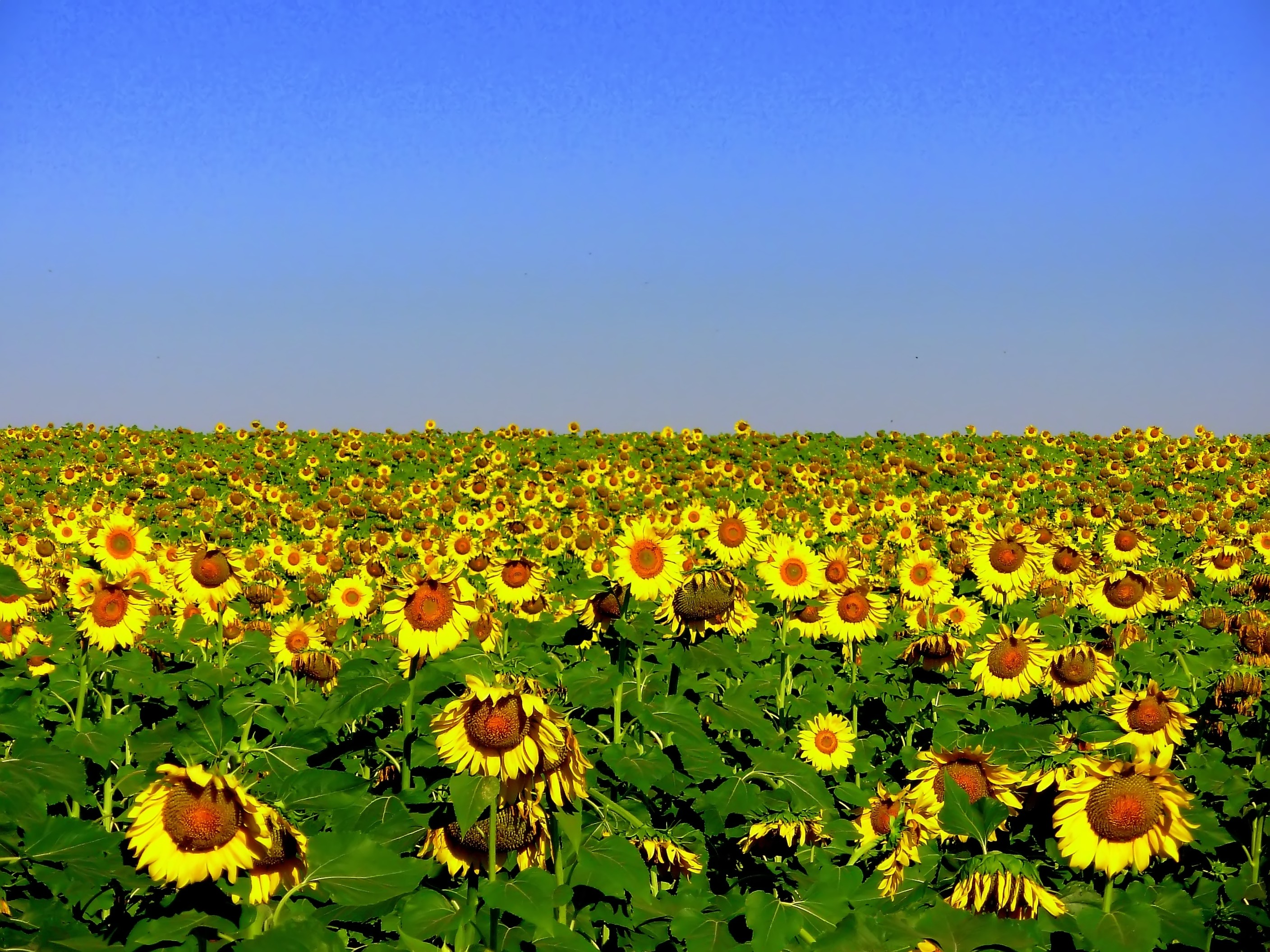
Fertilizing the area where you intend on gardening or growing anything is very important.. Fertilizing the area insures big blooms in flowers and huge mouth watering vegetables. There are 2 different types of fertilizer. Synthetic fertilizer is bought in a store however will provide no extra nutrition to the area that it is spread. The other is organic. Organic usually comes from a compost pile or could be manor. These add extra nutrition to the surrounding area and is beneficial to the ecosystem!
It is recomended that you use composted fertlizer from your own pile. It is honestly the perfect all natural black gold of the gardening world. Not only is it all pet and kid safe but it is going to bring in awsome outstanding growth. With Black Gold you will never have to worry if it is to much, the more the better!
If using a fertilizer that was bought at a store always be sure it is 5-10-10 or 10-10-10 NPK. NPK is nitrogen (helps in the production of the stem),Phoshorus(promotes strong root, and potassium(helps the entire plant top to bottom). If using manor make sure it is well aged,dehydrated, or well composted so that weed seeds are not introduced to the area you are fertilizing. Make sure that your fertilizer is properly mixed in so seeds are not burned by the nitrogen in the fertilizer. It is best to measure PH balance in your soil in the late fall at least every 2 years or so.
Tilling 2-4 inches in , add fertilizer 2-4 lbs per every 100 sqr ft., and tilling again for a even mixture of nutrient in the soil is the best way to getting started. You can also till in a layer of ash(5lbs per every 100 sqr ft.) to prevent root maggots from destroying all your hard work.
Other all natural fertilizers are green sand, granite dust, fish meal, and fish emulsion.
Posted by Tara Vargas 0 comments
Attracting Bees to your Garden

Here is a tip on bees that is very helpful to people building gardens to attract them. Bees have 5 eyes. This allows them to see UV rays. White reflects of the sun and seems to glow. So when planting the light color flowers are the most attractive. Bees cannot see red so red flowers are not the top of the list to attract bees.
Here are some white flowers to help attract bees to your garden: Allisium, IceBergRose, Asters, Calla Lilie, Daisies, Snap Dragon, Graberas, Carnation, Peories, Lilies.Orchid, Hydrangea PG, Hydrangea Quercifolia Alice, Hibiscus, Leucanthmum, and The Spirea Trilobata.
Posted by Tara Vargas 0 comments
Compost pile
- Whether you are in an apartment or a house you can compost... It is easy to start a compost pile and easy to maintain.. Getting started will take a permanent location in your yard or it can be done in industrial containers on the balcony of an apartment..Most however are done behind a garden.. Since my tips are quick and EASY I will get started so you can get started too..
A compost pile is made up of any or all of the following ingredients
grass clippings
twigs and branches (chopped)
fruit end veges clippings, peels, etc.
seaweed
manor (cow,poultry,llama,and horse)
weeds
Leaves
2. I suggest mowing over the deb re that is going in your pile before raking it up so that you have a even distribution of the nitrogen rich materials. Then you will turn the pile gently once a week for 8-12 weeks befor compost will be broke down enough by mesophilic bacteria, This bacteria survives best in 20-40 degrees Fahrenheit. The hotter it gets the more rapidly these bacteria spread and digest your pil. you will want your pile 3 ft wide and 3 ft tall. this allows for maximum core heat. If you pile does not heat up look into these reasons
The heap is watter logged(to wet)
There is not enough moisture
Not enough nitrogen rich material in the pile
3.When your pile is ready you are able to spread it anywhere that is bare or growing.. It is honestly the best fertilizer for your plants. Because it was made by you..
Posted by Tara Vargas 0 comments
Labels: compost
Colors, Flowers, and Personality
RED~~ Is fire, a bold energy. You might feel a constant state of urgency. A self confident person who likes to take risks.
ORANGE~Appealing to your intense and serious side. You achieve your goals with pride and love to be the decision maker.
YELLOW~~Tends to be cheerful and the outlook on life is sunny! You find inspiration in others and you have a hopeful nature.
GREEN~~For the naturalist- this color seems to refresh and heel. Your a problem solver who keeps a fresh prospective. People notice your quick witted humor.
BLUE~~Steady, stable, and compassionate. You tend to be undeniably devoted to those you love.
PURPLE~~Keen intuition guides you on life's journeys. You are mysterious, mystical, and perhaps a little physic.
BROWN~~A secure color that encourages authenticity and living in the moment or here and now it brings out sensitivity.
PINK~~Innocent, flirtatious, playful, shocking, and romantic. Pink always attracts hotter shades.
WHITE~~Problem solving and rational, it truly helps you free your mind.. It is indeed tho blank canvas.
BLACK~~Cautious in the midst of sudden change, you tend show restraint when making a really big decision.
Posted by Tara Vargas 0 comments
Labels: colors, flowers, Personality
Attracting butterflys with plants
Butterfly attracting plants Include: sunflower, poppies, yellow and purple cone flowers, zinnias, butterfly bush, cosmos, Lilies, poppies, marigolds, coreopsis, milkweed, verbenas, and daisies. Other plants that nectar for along time are the Joe-pye weed and the goldenrod...
Posted by Tara Vargas 0 comments
Plant a seed in spring grow some flowers!!
#1. Location...
Making a great location in the sun or shade is an important part to getting your garden or flower bed started. You will need to clean out all old plant matter and deb re. make sure it is somewhere that is accessible for proper maintenance and care. Never a place that will be to wet or dry of a spot for your plants to grow. I map out each beds shape and size on a peace of paper. Followed by writing out what plant will grow best in the designate areas.
#2. Gloves...
Be safe and protect your hands at all times with a pair of gardening gloves.. There are sharp roots, leafs,twigs and insects that can bite!
#3. Dowel...
A dowel is a mini spade (handheld). It has many uses such as uprooting weeds, roots, hard dirt, digging trenches, holes, and much more!!When digging you holes make sure you have enough space between each plant. Each hole should be about 6 inches deep.
#4. Spade...
Mostly used for trenches and post holes this is a tool better then a shovel for gardening. For flowers a bed should be about 6 inches deep and for gardens it can go down foot before filling it in with a nutritious mixture.When making beds you want to have enough room between each row to be able to maintain your flowers or vegetables.
#5. Pots/planters...
A pot or planter is a fun decorative way to grow flowers and/or vegetables.. A nutritious mixture of soil is all that is needed no digging required.
#6.Nutritious Rich Ground and soil
I recommend using compost from your pile when fertilizing. There is no better nutrition then what mother nature has provided for you.Another name for the compost fertilizer is Black Gold.It is very beneficial to the environment and your garden.you should blend this in when tilling or turning the top soil. Make sure it is blended well as not to burn the seeds.
#7. Seeds and Bulbs...
Seeds and Bulbs come in endless variety. Looking at the back of the package is a practical way to get an idea of when and where to sew your seeds and/or bulbs. Do not crowd seeds when planting, make sure that they have enough room to expand each individual plants roots.
#8. Fertilizer...
Fertilizer should be applied at the time of sewing seeds. You will have to give your plants fertilizer every 2 weeks after the time of planting them. The fertilizer gives your plants important nutrition that regular black dirt can't provide. To protect tiny stalks DO NOT PLACE fertilizer directly on plant, instead right around the base about a quarter of a inch out. For synthetic fertilizer read packaging.
#9. Watering can...
No water and your plants will not grow!! I suggest using a watering can and water hanging plants once a day and watering your plants in the ground once every other day to everyday, depending on how hot it is! Using a can allows for up close check ups on your flowers and veges.
#10. Love...
Provide your plants with lots of attention. Pruning and cutting your plants back is necessary for them to grow and flourish.
Posted by Tara Vargas 1 comments
Labels: flowers, Gardening, growing, miracle grow, plants



